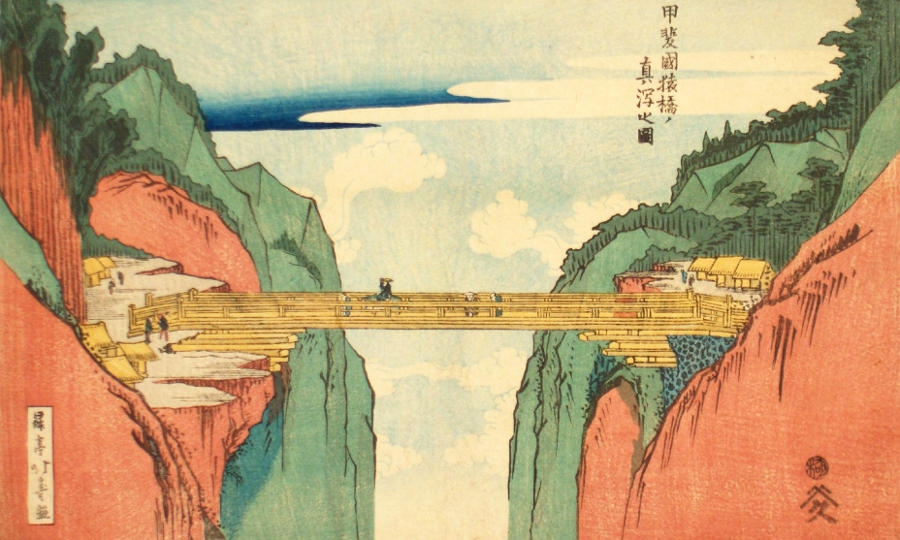"We are aware – are writing a group of university professors, engeneeres and famous architects like Daniel Libeskind - are not scientiest or engineers that have to determine whether or not to build a bridge, but is their responsibility to defend a project if wrongfully mistreated with consequences that could result in the dissipation of a large engineering and scientific heritage, now consolidated into a final draft " The idea of Messina Bridge would please Fizcarraldo. It is a single-span bridge which is twice as long as the current world record, built in an area of of high seismic risk.
The bridge over the Strait of Messina is a great challenge, and big challenges are always fascinating. I personally always admire bridges, since these structures evokes emotions and a symbolic value of union. But it is fair to ask if we are ready to take this step of attempting to realise such a grandiose dream. Perhaps it would be better to wait. Perhaps in future, with technologies that are still to be invented and deeper research, we could accomplish the work more easily and with less environmental impact. But to explain it better, I would like to tell you a different story.
In Patagonia, in the Campo de Hielo Sur, a mountaineering expedition attempted to reach the most inaccessible peak in the world, which required traversing almost a kilometer of granite and ice in adverse weather conditions. After several days of waiting in an ice cave under the mountain, the third member of the group decided not to wait anymore for his two companions on the mountain. But at the last moment before he left, he saw something when he looked at the wall. He went and found one of the two companions nearly dead, his face got frozen and only capable of whispering the name of the lost companion. This is how the biggest dispute in mountaineering began. The alpinist said he had reached the summit and had lost his companion during the descent, but was never believed. Journalists doubted his endeavour and described his story of climbing as a fantasy.
He was so infuriated by the controversy that he returned to climb again on the granite tower using a petrol-driven compressor weighing 150 kilos, and drilled more than 400 bolts into the rock. He spent more than 50 nights, eating once a day by thawing the food between his legs. When he arrived at the top he decided to remove all the bolts that he had fixed, but because of the bad weather and probably due to his fatigue, the bolts remained there with the compressor to testify to the hard work of his titanic endeavour. Before the controversy over the first ascent had subsided, when the famous mountaineer was asked about the mountain, he answered: "I would like to be reduced to a heap of rubble". Now the wall is climbed by young climbers without the use of bolts.
I do not care for carrying on a debate about whether someone was on top of a mountain or not, whether it is possible to build a great work or not. The great challenges like "Fizcarraldo" do not speak to my heart. The point is not to reach the goal at any cost. The titanic efforts and the great battles against nature should be put aside in favour of harmony and lightness. Instead, we should ask ourselves whether it is appropriate to leave some space for the future generations, who might be able to find the solutions to problems with more serenity.
Ivo Buda
image from: Shötei Hokuju - Saruhasi Bridge in Kai Province (1818), Japan
Links:
http://it.wikipedia.org/wiki/Ponte_sullo_Stretto_di_Messina
http://it.wikipedia.org/wiki/Cerro_Torre
http://it.wikipedia.org/wiki/Fitzcarraldo





